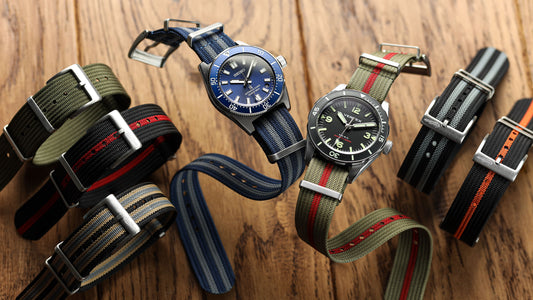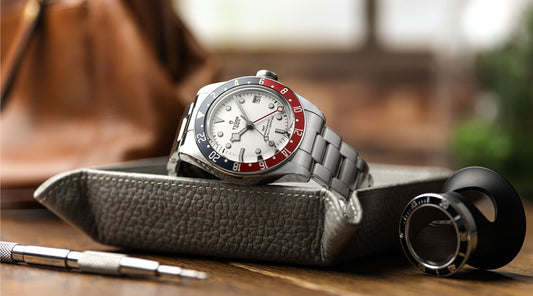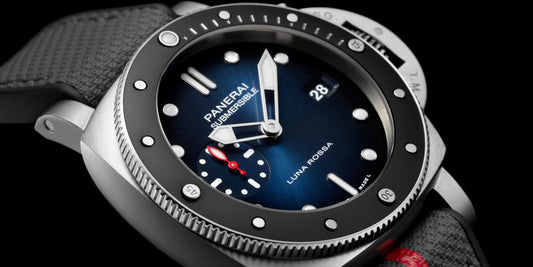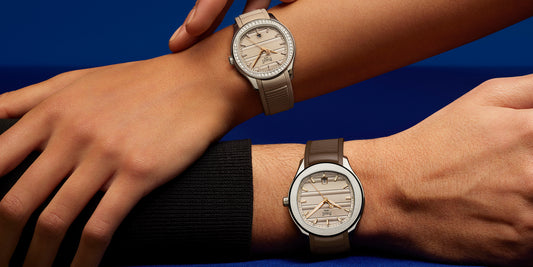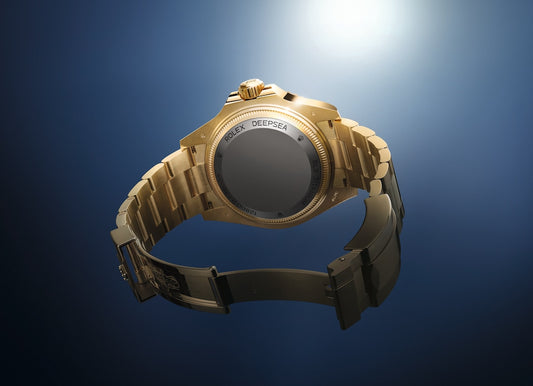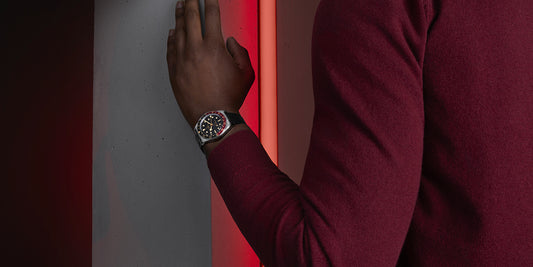02 August 1972 was a significant day in the history of our exploration of the Moon. Not only was it the third EVA for the crew of Apollo 15, but it was the one and only time an astronaut braved a strange new world without a trusty NASA-issue Omega Speedmaster.
Commander Dave Scott had to swap to his unofficial Bulova Chronograph when his Speedmaster failed on EVA 2. For four hours and fifty minutes this unique watch took the punishment of the Moon and was last seen on Scott’s wrist on the USS Okinawa after splashdown. It disappeared into legend, eventually resurfacing in 2016 to be sold for £1.25M at auction; moondust still stuck to its Velcro NASA strap.

Apollo 15 was a mission of firsts. Widely regarded as one of the most significant of all manned Moon flights along with Apollo 11. The mission required a fundamentally redesigned Lunar Module which had to store a collapsed Lunar Roving Vehicle (LRV). Still one of the world's most expensive cars, the LRV allowed Scott and his fellow walker James Irwin to drive nearly 30km across the surface over three missions.
EVA 2 discovered the famous Genesis Rock at Spur crater. A 240g rock made up of anorthite which has been dated at over 4 billion years old, formed when the Moon’s early crust solidified. Back on Earth, it provided valuable insights as to how the Moon was formed.
And on EVA 3 (with his Bulova) Scott carried out one of the most interesting popular science experiments of all time, which still fascinates today when you watch the grainy film footage. He wanted to prove Galileo’s theory that two objects will fall at the same speed when there is a given gravity field and no external resistances such as air pressure. He dropped a hammer and a feather at the same time. They fall in slow motion, side by side, to hit the Lunar surface in unison.

An extract from the Apollo 15 Science Report states: “During the final minutes of the third extravehicular activity, a short demonstration experiment was conducted. A heavy object (a 1.32-kg aluminium geological hammer) and a light object (a 0.03-kg falcon feather) were released simultaneously from approximately the same height (approximately 1.6 m) and were allowed to fall to the surface. Within the accuracy of the simultaneous release, the objects were observed to undergo the same acceleration and strike the lunar surface simultaneously, which was a result predicted by well-established theory, but a result nonetheless reassuring considering both the number of viewers that witnessed the experiment and the fact that the homeward journey was based critically on the validity of the particular theory being tested.” NASA SP-289, Apollo 15 Preliminary Science Report
All these amazing events serve to create a story which makes the current issue Bulova Lunar Pilot Watch a highly desirable watch; in equal demand to the Speedmaster amongst Apollo enthusiasts. Significantly more affordable it is a technical gem which generates just the same extra-terrestrial feelings as a £5000+ Omega.
 The Bulova Lunar Pilot Watch on a ZULUDIVER LUNAR Watch Strap.
The Bulova Lunar Pilot Watch on a ZULUDIVER LUNAR Watch Strap.
Here at WatchGecko we are unashamedly Space Flight enthusiasts, and we make several great straps to enhance your Bulova including our best-selling LUNAR strap. An exciting selection of alternate strap images follows, but whatever your deployment choice, join us on 02 August when we will ALL be wearing our Bulovas in honour of the original watch’s only Moonwalk during Apollo 15 EVA 3 in 1972.






